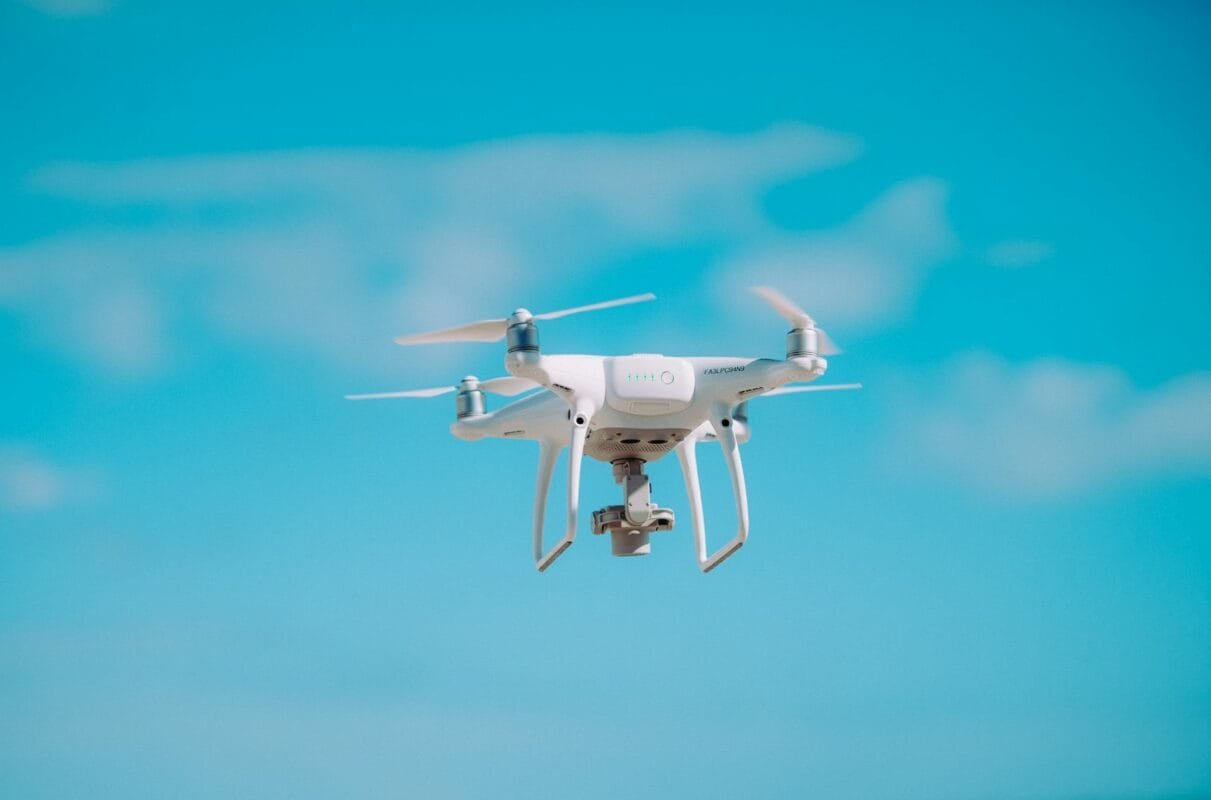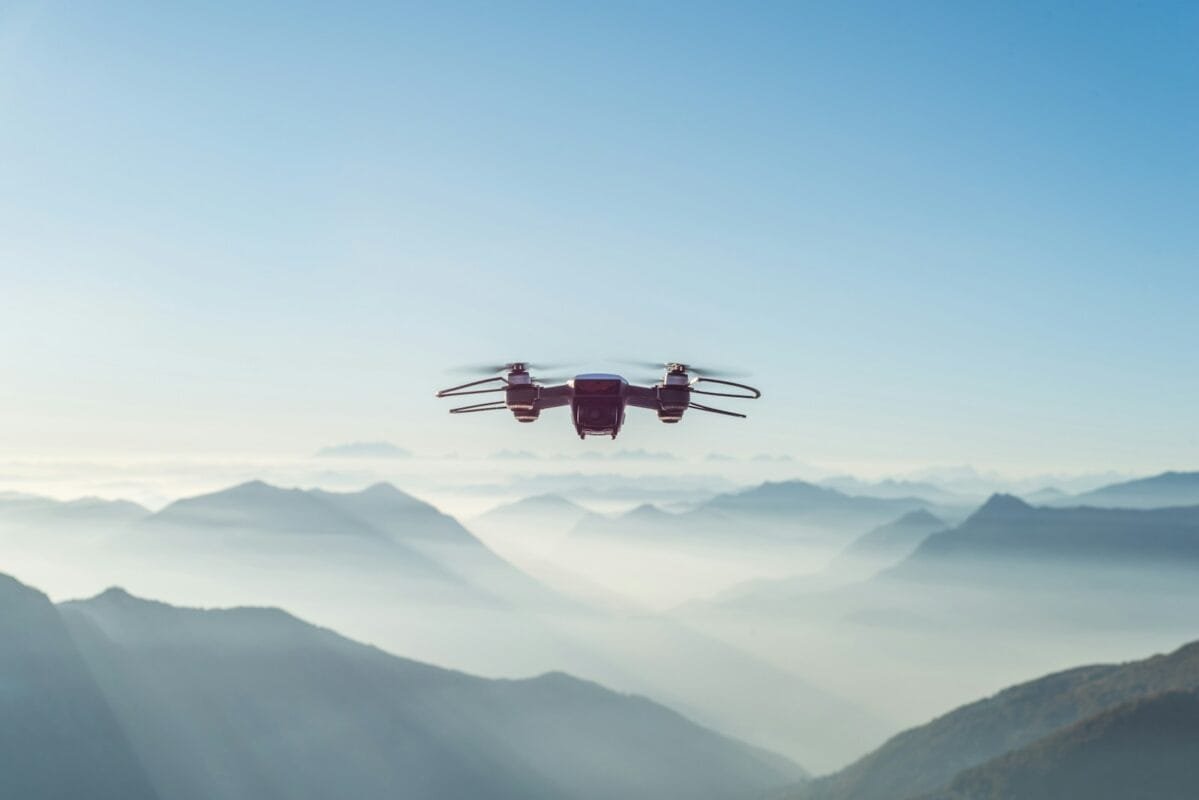The e-commerce industry is in the midst of a rapid transformation, driven by advancements in technology that aim to meet rising consumer expectations for faster and more efficient services. One of the most groundbreaking innovations in this space is drone delivery. This new method of transportation promises to revolutionize the logistics industry, offering unprecedented speed and cost-effectiveness. Let’s dive deeper into how drone delivery is reshaping e-commerce logistics, the current trends, the challenges it faces, and how companies are leading the charge in this innovative approach.

The Growing Trend of Drone Delivery in E-Commerce
Drone delivery is emerging as a key player in the future of e-commerce logistics. Consumers today demand rapid delivery, and companies are constantly looking for ways to optimize their shipping methods to satisfy this need. Here’s why drone delivery is becoming a game-changer:
- Rapid Delivery: In certain regions, drones can deliver packages within just 30 minutes. This significantly reduces delivery times, making it ideal for time-sensitive deliveries, such as medical supplies, perishable goods, or urgent orders.
- Cost Efficiency: Drones reduce the need for traditional delivery vehicles, lowering transportation costs. This includes savings on fuel, vehicle maintenance, and labor expenses tied to human drivers. Over time, these cost reductions could contribute to more affordable shipping options for consumers.
- Improved Accessibility: Drones can reach remote or hard-to-access locations that may not be easily serviceable through traditional delivery methods. This expands the potential customer base for e-commerce companies, allowing them to deliver to regions that were previously too costly or difficult to access.

Challenges and Potential Solutions in Drone Delivery
While drone delivery offers exciting prospects, it also comes with its own set of challenges. These hurdles must be addressed to ensure its widespread adoption.
- Regulatory Hurdles: Governments around the world are still developing regulations for drone operations. Safety is a primary concern, and regulatory frameworks need to strike a balance between encouraging innovation and maintaining public safety.
- Technical Limitations: Current drone technology is limited by payload capacity and battery life. However, advancements in battery technology and lightweight materials are expected to improve drone efficiency, enabling them to carry heavier loads and travel longer distances.
- Public Perception: There are concerns regarding privacy and noise pollution related to drone usage. Companies need to proactively address these issues through transparent communication with the public and by investing in quieter, more discreet drones.
Leading Players in the Drone Delivery Space
Several major companies have already begun to explore the potential of drone delivery, investing in research and pilot programs that test the capabilities of these aerial machines.
- Amazon Prime Air: Amazon is one of the pioneers in drone delivery. Its Prime Air service aims to deliver packages within 30 minutes using autonomous drones. Amazon has made significant progress in creating drones that can navigate complex environments with minimal human intervention.
- UPS Flight Forward: UPS has received approval from the Federal Aviation Administration (FAA) to operate a drone airline. The company is currently focusing on delivering medical supplies to hospitals and healthcare facilities, demonstrating the potential of drones in critical sectors.

Case Studies and Statistics
To highlight the impact of drone delivery, here are some key metrics that illustrate its efficiency:
| Metric | Value |
| Average Delivery Time | 30 minutes |
| Cost Reduction | 20% |
| Customer Satisfaction Rate | 85% |
These figures showcase the potential of drone delivery to drastically improve the e-commerce logistics landscape by providing faster delivery times and reducing costs, all while maintaining a high level of customer satisfaction.
The Future of Drone Delivery in E-Commerce Logistics
As drone technology continues to advance, the future of e-commerce logistics looks promising. The widespread adoption of drones could lead to a fundamental shift in how goods are delivered, making logistics more efficient, affordable, and accessible than ever before. With regulatory frameworks evolving and companies addressing technical and public concerns, drones are poised to play a critical role in shaping the future of delivery systems.
The integration of drones into the e-commerce ecosystem not only enhances customer satisfaction but also drives significant cost savings for companies. In the years to come, we can expect drone delivery to become a cornerstone of modern logistics, offering a faster, more reliable way to get goods into the hands of consumers.
Frequently Asked Questions (FAQs)
1. What are the benefits of drone delivery in e-commerce?
Drone delivery offers numerous benefits, including faster delivery times (within 30 minutes in some cases), cost savings on transportation, and the ability to reach remote or difficult-to-access locations.
2. What are the current challenges facing drone delivery?
Some of the main challenges include regulatory hurdles, technical limitations such as payload capacity and battery life, and public concerns over privacy and noise pollution.
3. Which companies are leading the way in drone delivery?
Amazon Prime Air and UPS Flight Forward are two of the leading companies in the drone delivery space, with Amazon focusing on rapid consumer deliveries and UPS targeting medical supply deliveries.
4. How much faster is drone delivery compared to traditional methods?
In certain regions, drones can deliver packages within 30 minutes, significantly reducing the time compared to traditional delivery methods, which can take hours or even days.
5. What is the future of drone delivery?
With advancements in technology and evolving regulatory frameworks, drone delivery is expected to become a major component of e-commerce logistics, enhancing delivery speed, accessibility, and cost-efficiency.
By embracing drone delivery, e-commerce companies can meet the growing demand for faster, cheaper, and more efficient shipping solutions, transforming the way consumers receive goods.

